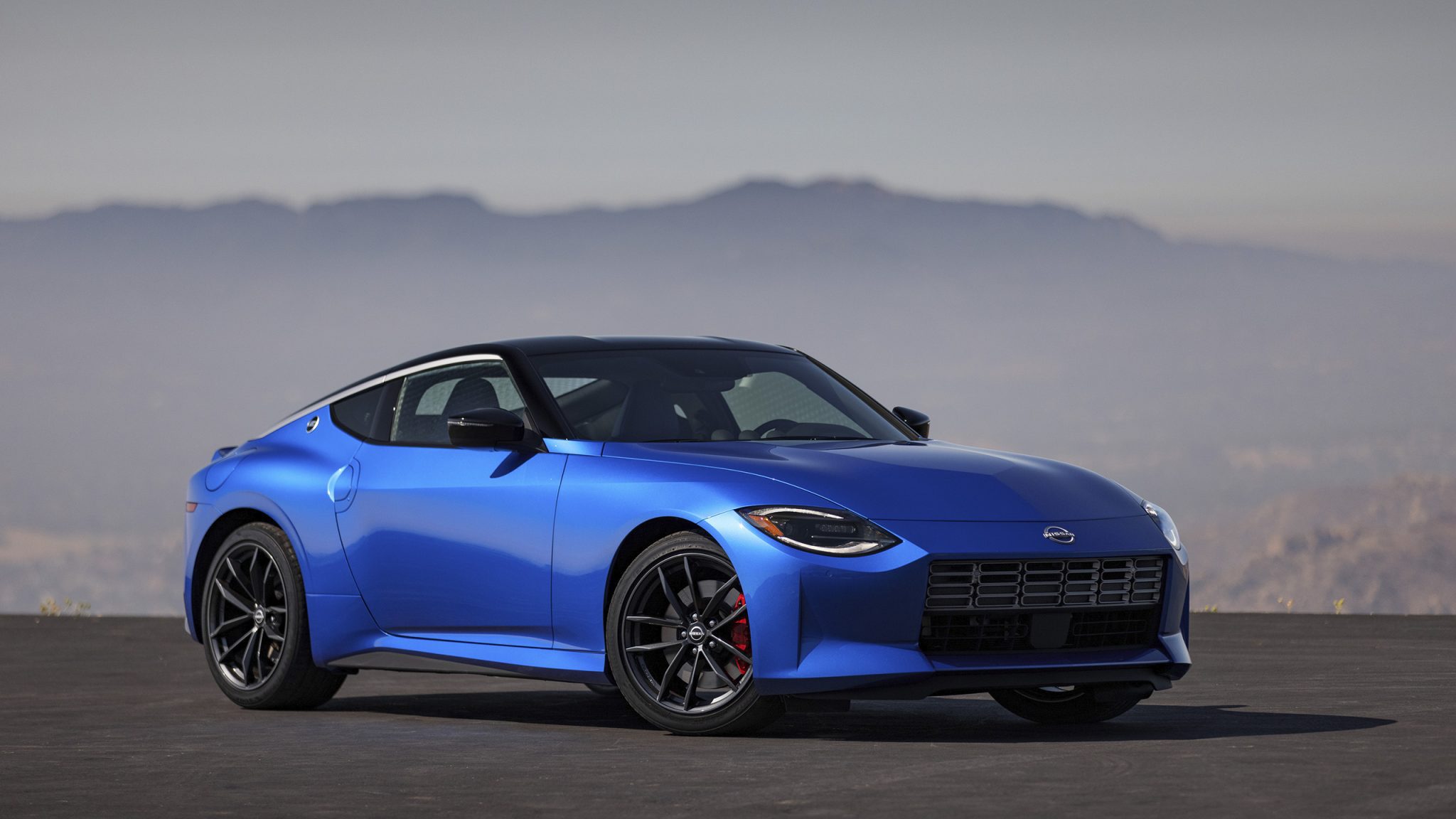Affordable performance cars, including hot hatches, have been experiencing a small resurgence in the past couple of years. While the entire automotive market has continually shifted towards electric vehicles and CUVs/SUVs, cars such as the Toyota GR86, Volkswagen Golf GTI, Hyundai Elantra N, and the Honda Civic Si have either maintained average sales or grown slightly year to year.
It was this segment of cars that the Nissan Z was aimed to not only enter, but dominate. It comes with a very powerful twin turbo V6, rear wheel drive, a manual transmission in the middle, and has the classic Nissan coupe shape. It is the same recipe that Toyota and Subaru joined together to use when making the GR86/BRZ, and that car has sold hand over fist around the world.
No Subscription? You’re missing out
Get immediate ad-free access to all our premium content.
Get Started

